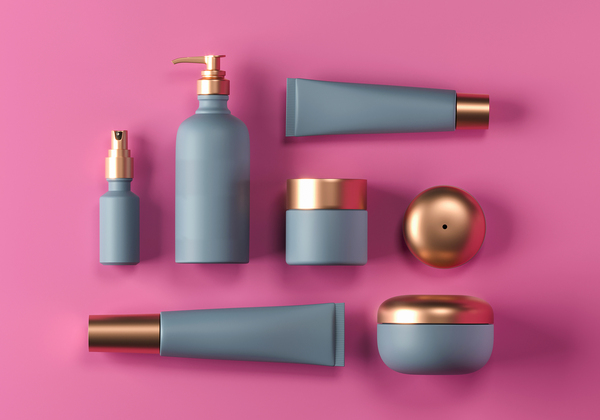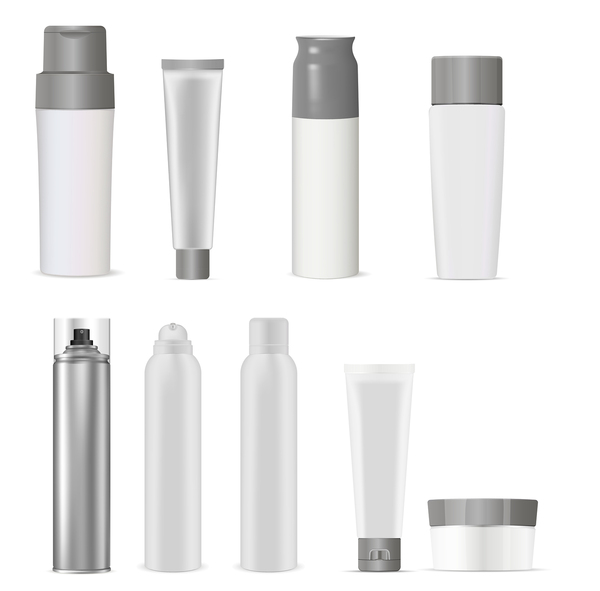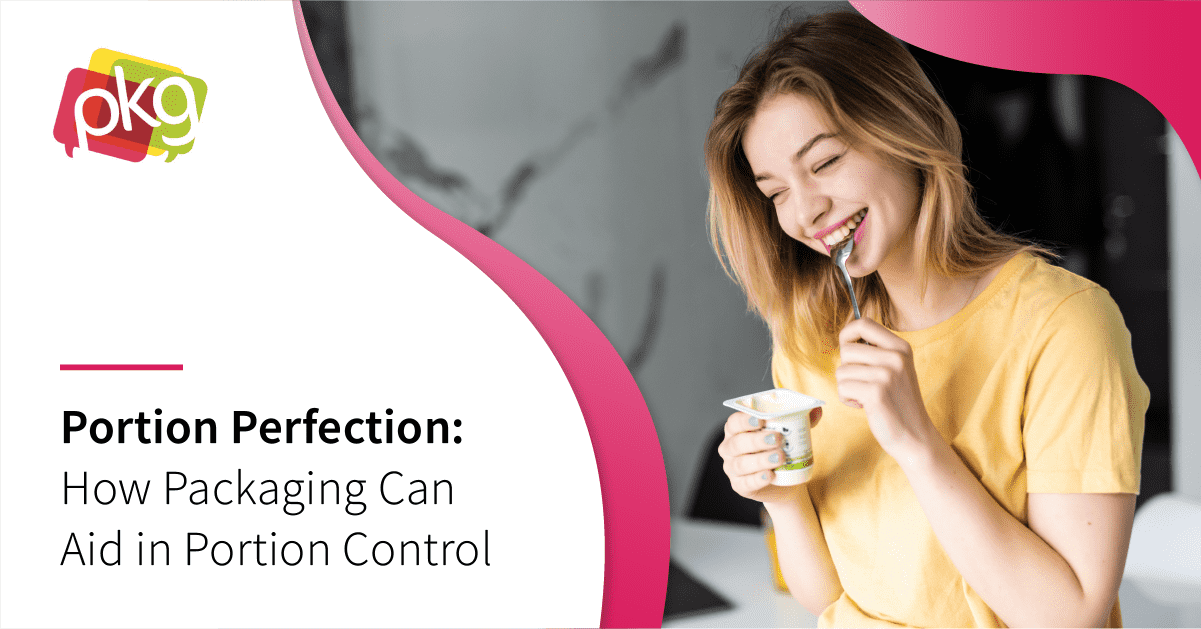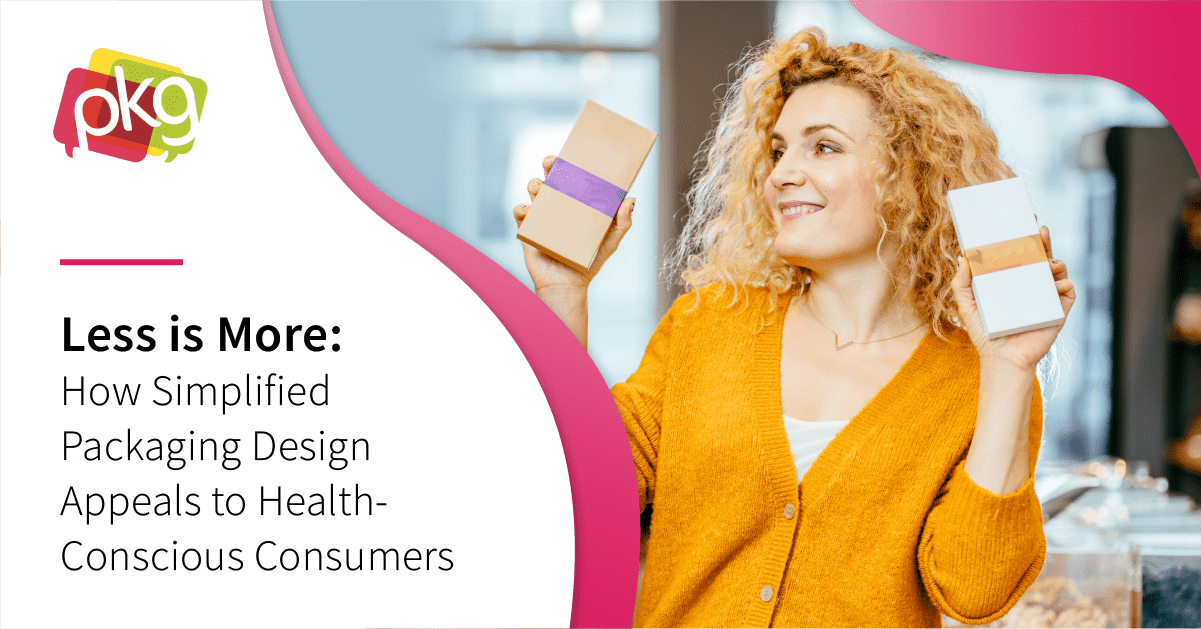
Packaging design is about to go tubular. We’re talking about the widespread global growth of packaging design that incorporates tubes into corporate products. It’s a fast-growing segment that product designers should pay particular attention to. Here’s what to expect in the coming years.
Tube Packaging Design
Tubular packaging has long been favored by packaging design experts seeking to capitalize on the convenience and portability of tubes to hold cosmetics and other personal care items. The healthcare and cosmetic industries have made use of these designs in their packaging for years. Still, the latest trends show the popularity and use of tube packaging is about to grow exponentially.
But by 2024, most estimates predict explosive growth in the use of tube packaging design. Mordor Intelligence predicts a CAGR of 5.46% for this packaging segment between 2019 and 2024. They divide tube packaging design into several categories:
- Type of package, including squeeze, twist, stick, and cartridges;
- Material, including plastic, paper or aluminum;
- Application, such as cosmetics and toiletries, healthcare and pharmaceutical, food, and homecare;
- And geographic location.
Reportlinker predicts a $4.2 billion growth with a CAGR of 6.6% by 2025. They suggest the use of squeeze tubes in packaging design will grow even more rapidly, by more than 7.5%. They recommend product designers pay particular attention to keep ahead of market demands.

Interestingly, the markets growing fastest are non-U.S.-based; specifically, the growth in Asian markets is expected to be particularly high. Reportlinker predicts the following global growth for tubular products:
- Use of tube products in the U.S. will grow by 5.6% during this timeframe.
- Germany alone will add more than $146.6 million in tube-centric product sales during this period.
- In Japan, squeeze tubes will be particularly popular, with an expected market size of $240.7 million (U.S.).
- China is predicted to expand the use of these products by 9.9% and add more than $1 billion to the market.
Tubes are widely used for ointments, gels, liquids, and creams. They can even be used for solids or near-solids, to help prevent product breakage.
Tubes have always been one of the most popular types of packaging design. However, increasing urbanization, the rise of disposable incomes, and even the expansion of the millennial population into a dominant market force has pushed these products into the spotlight. This popularity is expected to continue, not lessen, as advancements in these designs have created improvements in the user experience of these products. Tubes incorporating pumps or a sponge head or brush are increasingly popular.
Tube design improves the shelf life of products, minimizing the impact of light and oxygen while protecting against bacterial contamination. That has made tube packaging design particularly popular with both cosmetic and pharmaceutical companies.
While the use of tube packaging has never waned, packaging designers should pay close attention to the rising popularity of products housed within these containers and make every effort to capitalize on these trends.
PKG Brand Design is always on the forefront of new CPG branding and packaging initiatives; please subscribe to our blog for the latest package design industry news!



-min-2.png)



